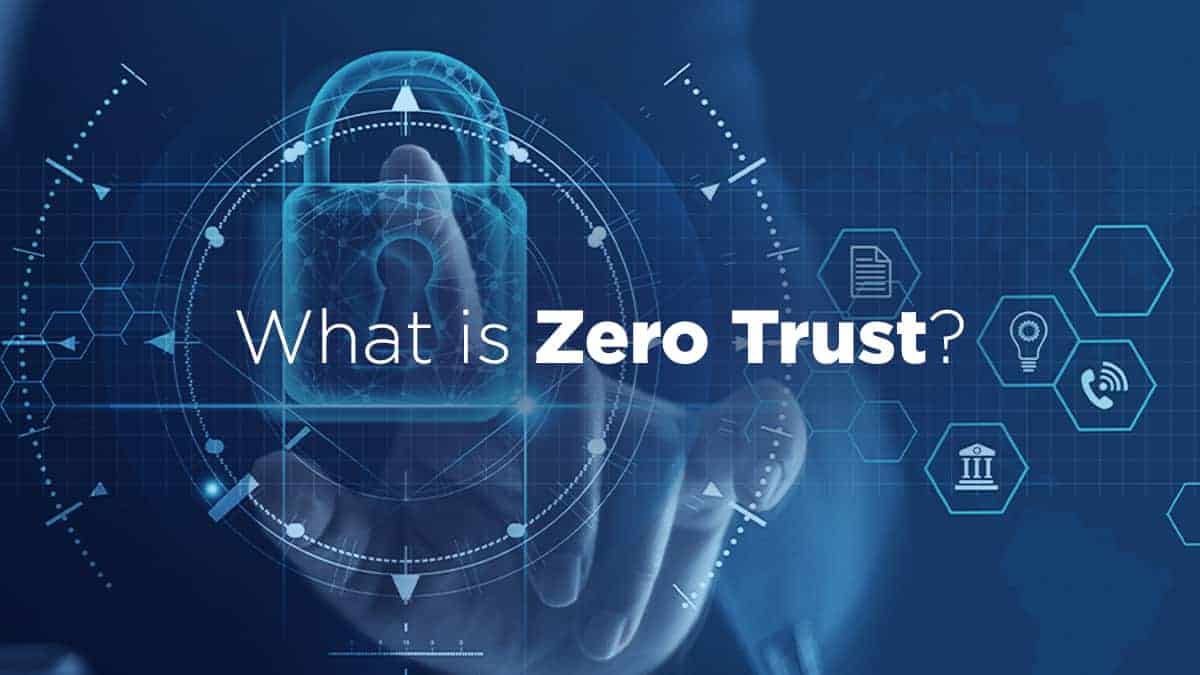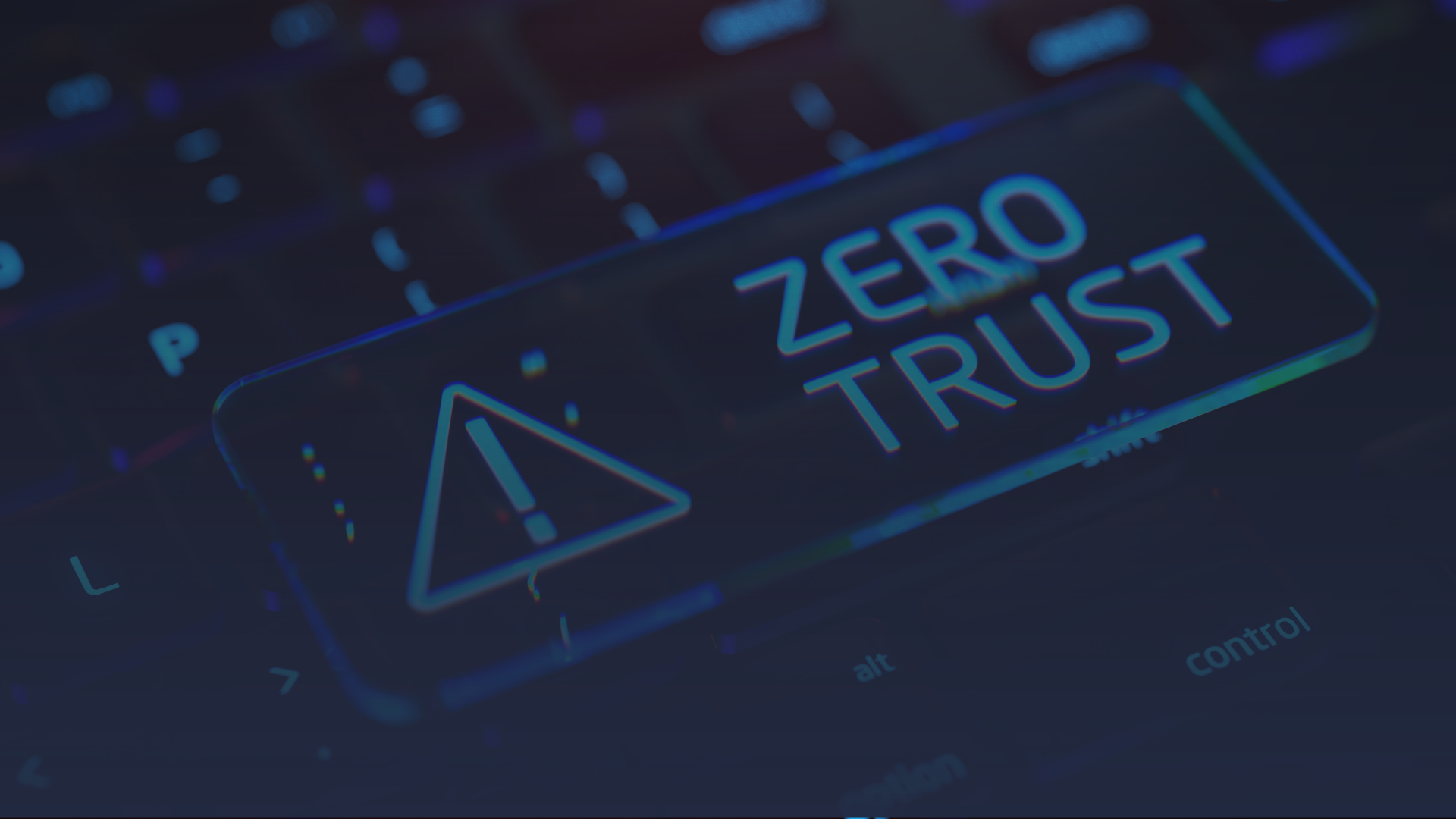In the ever-evolving landscape of cybersecurity, the Zero Trust security model has emerged as a paradigm shift, redefining how organizations approach their defense strategies. In this blog post, we will delve into the principles of Zero Trust and elucidate its significance in 2024. Additionally, we’ll showcase how FACEKI’s cutting-edge solutions align seamlessly with the Zero Trust model, ensuring continuous authentication and stringent access controls.
Understanding Zero Trust Security in 2024: A New Paradigm

In an era marked by sophisticated cyber threats and an expanding attack surface, the traditional perimeter-based security approach is proving inadequate. Zero Trust, as a concept, challenges the traditional notion of “trust but verify” and adopts a more stringent “never trust, always verify” approach. This model asserts that organizations should not automatically trust any entity, whether internal or external, and should continuously verify the trustworthiness of devices, users, and systems.
Zero Trust Principles:
- Continuous Authentication:Zero Trust advocates for continuous authentication throughout the user or device’s interaction with the network. This means that trust is never assumed, and authentication is an ongoing process, ensuring that access remains secure even after the initial entry.
- Strict Access Controls:The model emphasizes the implementation of strict access controls, limiting permissions based on the principle of least privilege. Users and devices are granted only the minimum level of access necessary to perform their functions, reducing the potential impact of a security breach.
FACEKI’s Solutions: A Natural Fit for Zero Trust
Now, let’s explore how FACEKI’s innovative solutions align with and enhance the principles of Zero Trust:
- Biometric Authentication for Continuous Verification:FACEKI’s solutions, anchored by advanced biometric authentication methods such as facial recognition, ensure continuous verification of user identities. This aligns perfectly with the Zero Trust principle of never assuming trust and continuously validating the authenticity of users throughout their interactions.
- Multi-Factor Authentication (MFA):Multi-Factor Authentication is a cornerstone of Zero Trust, and FACEKI integrates MFA seamlessly into its solutions. By combining biometric factors with additional authentication layers, FACEKI ensures a robust and multifaceted approach to verifying user identities, reinforcing the Zero Trust security model.
- Real-time Access Monitoring:FACEKI’s solutions provide real-time monitoring capabilities, enabling organizations to keep a constant eye on access activities. This aligns with the continuous authentication principle of Zero Trust, allowing for immediate detection and response to any suspicious behavior or unauthorized access.
Embracing the Future with FACEKI’s Zero Trust Approach
As we navigate the intricate landscape of cybersecurity in 2024, it’s clear that Zero Trust is not just a buzzword but a strategic imperative. FACEKI’s comprehensive solutions, deeply rooted in the principles of continuous authentication and strict access controls, position businesses to embrace the future confidently.
Explore the capabilities of FACEKI’s solutions and elevate your security posture in alignment with the principles of Zero Trust: Link to FACEKI’s Solutions. Secure your organization with a robust approach that never assumes trust and always verifies.


